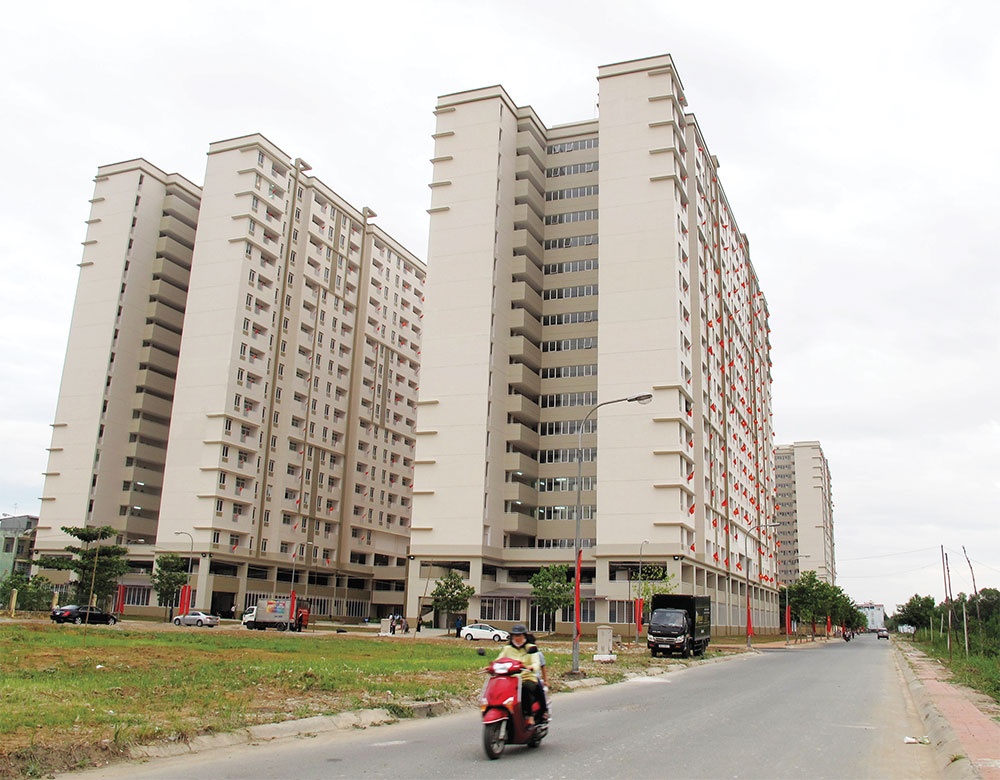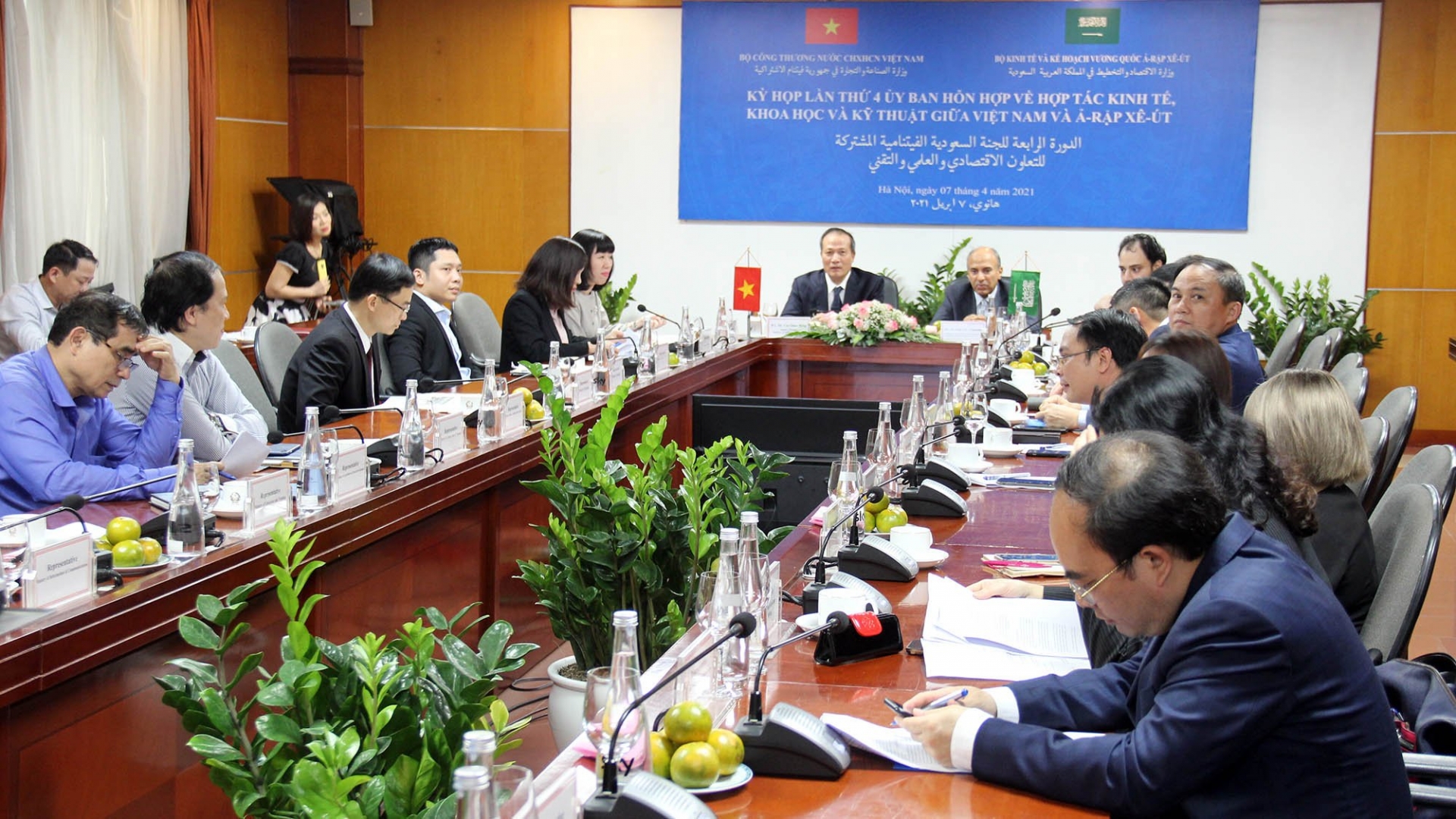Social housing market glacier melting
As a number of new laws and social housing loan packages are implemented towards the end of the second quarter, the real estate market in Vietnam is hoping for a rebound.

Hanoi People’s Committee last week finally approved its housing development plan for 2021-2025 last week. The plan will establish more than 1.2 million square metres of social housing and invest in 1-2 independent social housing spots before 2025, and have a budget of approximately $548 million.
Nguyen Van Dinh, vice president of the Vietnam National Real Estate Association, stated that the government released a number of drafts for suggestions last week and that the first quarter would see the release of several papers. “Beginning in the second quarter, the market will begin to shift. Certain projects will be managed, particularly the critical project group, but other groups will have to wait a bit longer,” said Dinh.
Dinh acknowledges that many firms have been reorganising, abandoning the concept of offering to the market, and progressively transitioning to items that are easily consumed by the market in order to generate cash flow quickly.
Several real estate firms predict the social housing market will return as a result of a robust supply and a $5 billion credit plan. Certain investors have also indicated that they would participate in the construction of social housing, including Vinhomes, which plans to deploy 500,000 units over the next five years, as well as Him Lam and Hung Thinh, which want to grow this market.
The Ministry of Construction requested last week that the government lower the number of units for social housing and worker housing from more than 1.4 million to more than 1 million. Analysts are worried that the demand for social housing will continue to outpace supply, undermining the objective of constructing at least one million social housing flats for low-income individuals and industrial park employees this decade.
President of the Vietnam Association of Construction Contractors, Nguyen Quoc Hiep, said that legal obstacles must be resolved for homeowners and enterprises to use this assistance package and put housing goods on the market. According to the State Bank of Vietnam’s risk rating for loans, real estate investments are subject to a 200 per cent risk, double that of other industries.
“The existing restrictions reserve at least 20 per cent of the dwelling space for rent and only allow resale after 5 years of usage, resulting in the abandonment and waste of the non-rental area,” Hiep said. “The regulation of investment incentives, such as land use fee exemption, a 50 per cent tax reduction, 20 per cent of the entire residential land area for commercial housing businesses, and loans with advantageous interest rates, is another deficiency.”
Last month, after a national digital conference presided over by the Prime Minister, the government presented a draft resolution on a variety of real estate market alternatives. First, it is suggested to extend loan principal and interest for struggling real estate companies.
Second is to maintain credit availability for projects with realistic financing plans and clients with financial potential, and cut lending rates. The third alternative is to provide a $4.64 billion credit initiative for social and worker housing, similar to the $1.26 billion package provided between 2013 and 2016.
The current freeze period could be shorter than the previous one, according to VNDIRECT Securities expert Nguyen Thi Cam Tu. Since 2020, Ho Chi Minh City and Hanoi have witnessed a scarcity of newly constructed apartments. Yet, the absorption rate is strong, indicating that housing demand remains healthy.
“If the amended Law on Land goes into effect as anticipated in mid-2024, it will be a significant milestone for the real estate sector, as it will eliminate legal roadblocks in the clearance of housing developments,” Tu said. “This will aid in the recovery of the housing supply to 2025. If new rules are enacted, they will relieve liquidity strain on real estate companies in the near term.”
According to research published by VNDIRECT last week, it is anticipated that the liquidity of real estate enterprises would be constrained over the next 3-6 months during the peak time of bond maturity. In the backdrop of debt restructuring, limited access to finance, and bleak sales, real estate firms experienced challenges in meeting their debt payment commitments and faced the prospect of bankruptcy as of the start of 2023.
Tu forecasts that around $969 million in bonds issued by these institutions will expire in 2023, with 90 per cent of them issued by real estate companies. In addition, it predicts that the current ratio and the interest payment ratio of listed real estate businesses have plunged to the lowest level for the years 2011-2013, indicating a significant chance of bankruptcy as in 2011.
The VNDIRECT analysis also indicates that numerous development projects are behind schedule due to liquidity issues, which might cause the situation to spiral out of control if homeowners cease making mortgage payments. Agribank has offered a lowering of interest rates on mortgage loans for failing real estate enterprises.
Tu anticipates that in the near future, most commercial banks will lower lending interest rates to assist the real estate industry. “We predict the interest rate increase to hit the inflection point in the second quarter of 2023 due to the softening of deposit rates,” he said.
The Ministry of Construction (MoC) is proposing to the government a plan to construct around 571,000 social housing flats for low-income urban residents and industrial zone employees by the year 2025. Then, before 2030, around 845,000 additional social housing units will be constructed.
According to the MoC’s housing development plan for 2021-2030, 70 million sq.m of urban housing must be constructed annually. Hanoi and Ho Chi Minh City will represent more than half of Vietnam’s urban land area and 75 per cent of urban space expansion, with almost two-thirds of the yearly housing demand.











